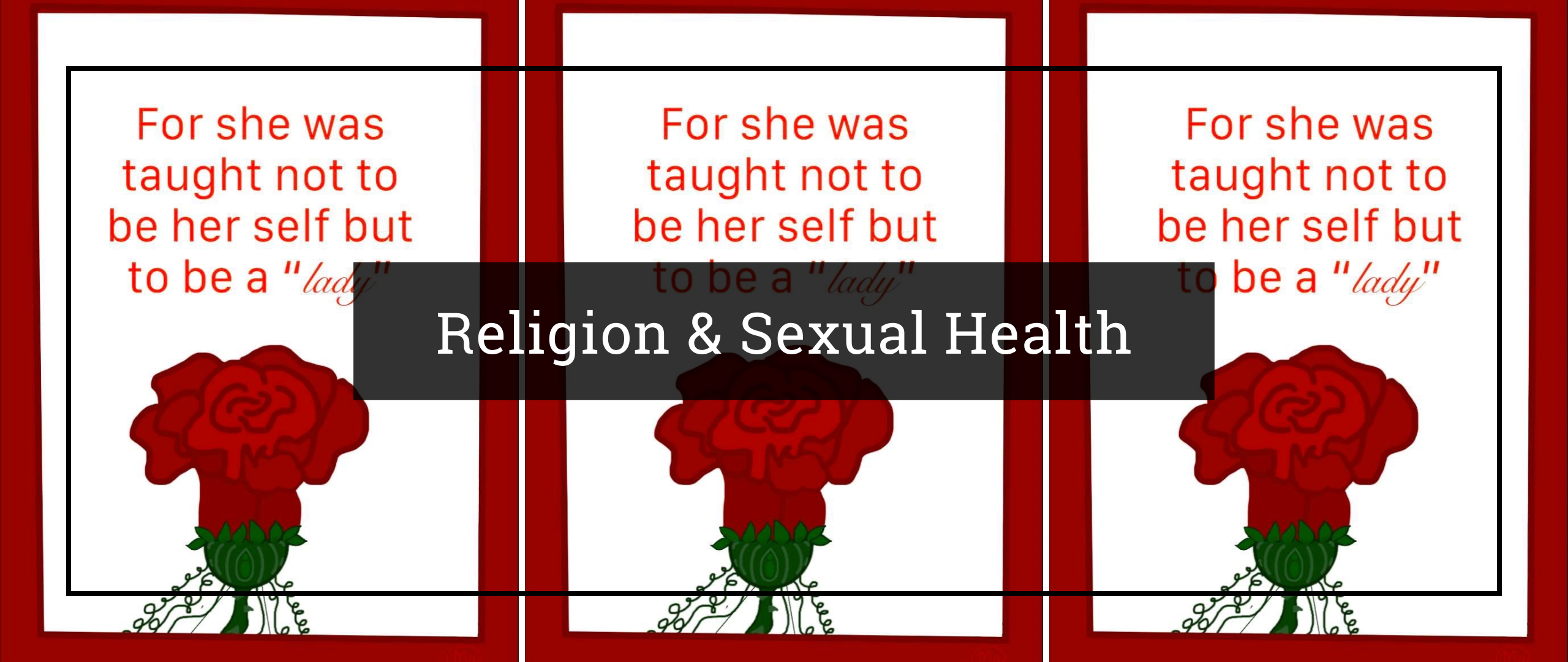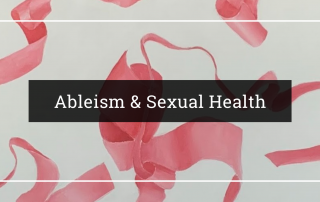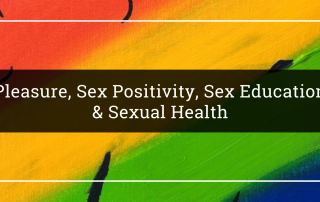
Written and researched by Tomei Kuehl
Accompanying artworks selected in partnership with Talia Cardin, Youth-facilitator to the Youth Sexual Health Program Board
Religion:
“Religion is a personal set or institutionalized system of religious attitudes, beliefs, and practices.”
– Definition provided by Merriam-Webster
Religions in the United States have influenced sexuality education, both in progressive and conservative ways. The ‘social purity movement’ led by 19th-century Protestant anti-prostitution reformers who focused on the moral dangers of sex outside of marriage (Slominski, 2021). Sex educators of medical and religious varieties were concerned with the problems of big cities, which were coded language for white people’s fears of immigrants and Black people and fueled by racist beliefs that the groups behaved immorally and spread diseases. The American Social Hygiene Association, created in 1914 as a collaboration between religious and medical educators, guided national discussion of sex education for decades (Slominski, 2021). The American Social Hygiene movement was neutral on birth control because of the involvement of Catholic sex educators and Catholicism’s prohibition of artificial contraceptives (Slominski, 2020).
The 1960s saw the rise of advocates for comprehensive sexuality education, like Mary Steichen Calderone, a Quaker whose religious values shaped her approach of teaching sexuality with a focus on identity and health (Slominski, 2020). Calderone went on to work at Planned Parenthood and created the Sex Information and Education Council of the United States, Inc (SIECUS).
In the 1990s, the Christian Right actively campaigned to promote abstinence-until-marriage. The success of this campaign resulted in the passage of the Personal Responsibility and Work Opportunity Reconciliation Act (PRWORA), Title V funding, which provided a five-year, $250 million grant for abstinence-only sex education (Williams, 2011). In FY 2022, the combined funding of the Title V State Sexual Risk Avoidance Education program, Title V Competitive Sexual Risk Avoidance Education program, and the General-Departmental Funded Sexual Risk Avoidance Education program totals about $100.8 million (SIECUS, 2022).
Today, liberal Protestants continue to generate comprehensive sexuality education programs while conservative religious groups fight to keep sex, gender identity, and sexual orientation out of schools, reflecting the complicated role religion plays in sexual health education. For example, the Unitarian Universalist Association and the United Church of Christ developed a comprehensive sex education curriculum that is inclusive: Our Whole Lives: Lifespan Sexuality Education. Meanwhile, the Christian Right advocates for abstinence before marriage and links abstinence to Christian morality, sexual purity, and heterosexual marriage and has successfully advocated for federal funding for abstinence-only education (Williams, 2011).
References
- SIECUS (Sex Education for Social Change). (2022, March). Federal Funding Overview: Fiscal Year 2022. https://siecus.org/wp-content/uploads/2022/05/FY22-Federal-Funding-Overview.pdf
- Slominski, K. (2021, September 6). Sex on the curriculum. Aeon
- Slominski, K. (2020, August 21). How religion made modern sex ed. The Immanent Frame: Secularism, religion, and the public sphere.
- Calterone Williams, J. (2011). Battling a ‘sex-saturated society’: The abstinence movement and the politics of sex education. Sexualities, 14(4), 416–443. https://doi.org/10.1177/1363460711406460



